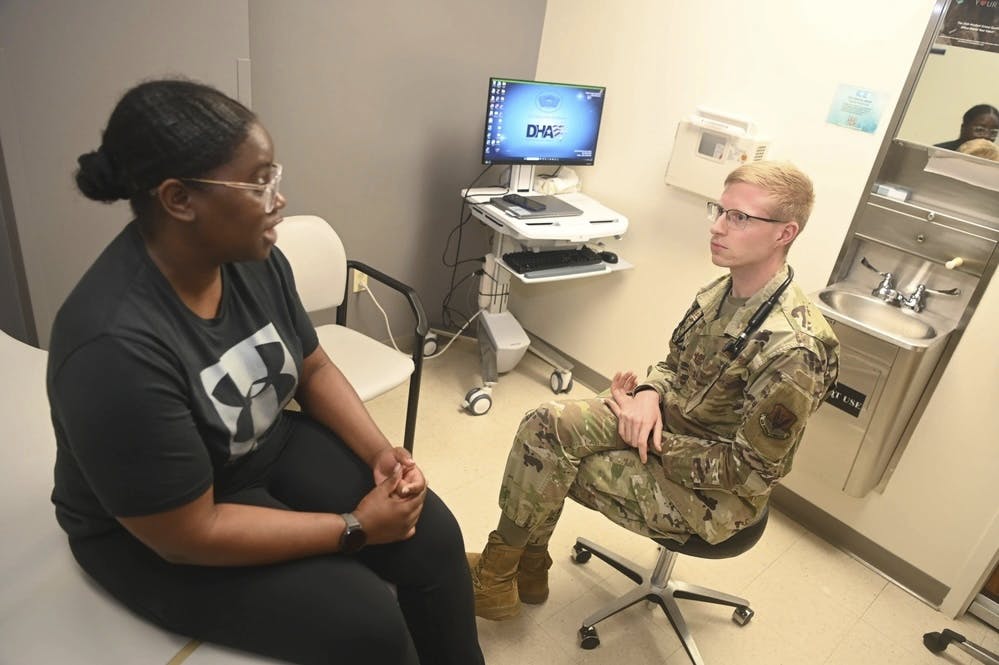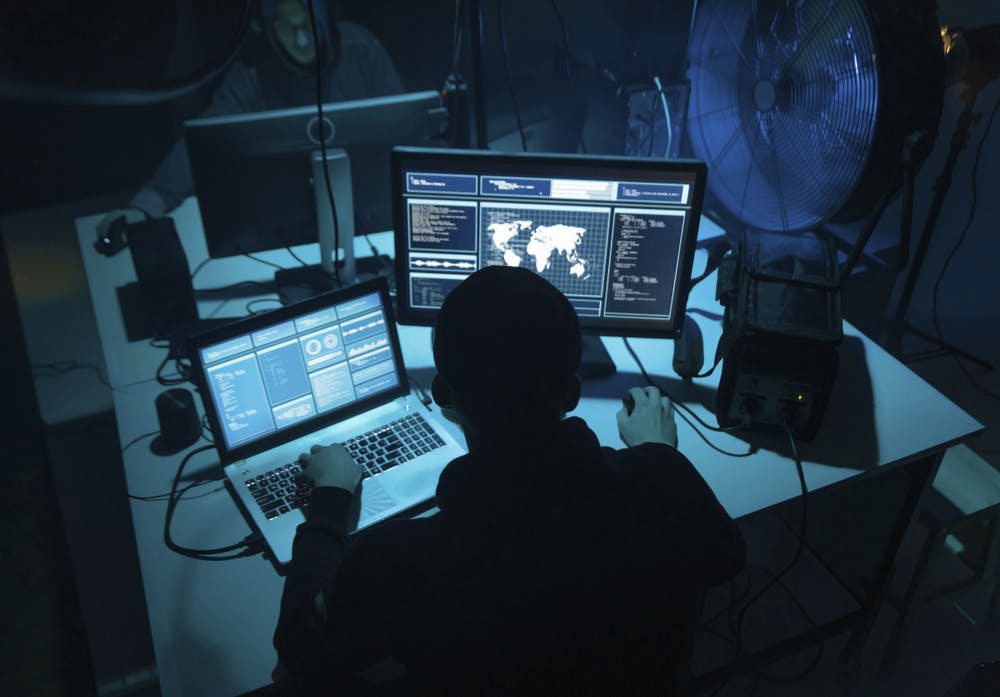Tech Modernization Will Not Function in Isolation, Defense Leaders Say
Defense leaders say synergy is key for success in modernizing the technology critical for concepts like CJADC2.

An interconnected military force means that modernizing in isolation is a “fool’s errand,” Defense Department Command, Control, Communications and Cyber (C4) leaders said at the 2024 AFCEA TechNet Indo-Pacific conference in Honolulu, Hawaii.
Officials spoke on service-specific C4 modernization initiatives amid the broader concept of combined all domain and control (CJADC2) that emphasizes making information available anywhere and anytime across the mission partner environment.
When it comes to tech modernization, “form needs to follow function,” said Army Deputy Chief of Staff Lt. Gen. John Morrison.
“None of the services can afford to go into six different combatant command [areas of responsibility] where the architecture is fundamentally different,” Morrison said. “There’s a lot of synergy that we can gain … that if we bring all of our capabilities to bear, we know inherently as a joint combined force, we’re far more effective than if we’re just the Army, the Air Force, the Marines, the Space force or the Navy.”
Col. Nathan Vosters, director of requirements, resources, and programs (S8) for Space Forces – Indo-Pacific, emphasized that bespoke and insular systems will no longer be part of the military’s cybersecurity posture.
Vosters instead said that in emerging domains like space, not only will the military have to work together within its branches, it will also need to construct a hybrid system that collaborates with industry.
“The intent there is looking at it as not a military only and not a commercial only, but a hybrid approach, so that we can capitalize on the speed of innovation of industry to incorporate cutting edge technologies at a speed and a pace which keeps us more secure than what our adversaries are trying to do,” Vosters said.
According to Vosters, the paradigm shift on the time it takes to launch satellites into space has meant that the Space Force has to keep up with a commercial sector that is constantly sending and taking down satellites from orbit.
Robert Wolborsky, chief engineer at the Naval Information Warfare Systems Command (NAVWAR), said the Navy must leave the old tech refresh cycle behind and focus more on delivering and developing smaller capabilities to the warfighter at speed.
Wolborksy pointed to industry as a leader for fielding new capabilities and said that NAVWAR will look toward the commercial sector to guide it away from “sunk cost” policies and adjust its risk.
“Sometimes somebody’s in the approval chain, they don’t want to take any risk because 18 years ago, they saw something bad happen. We kind of got to get over ourselves. We’ve got to address the process, the procedural environment that we live in, and attack anything that doesn’t really add value and contribute to delivering that warfighting capability that our warfighters need,” Wolborsky told the audience.
This is a carousel with manually rotating slides. Use Next and Previous buttons to navigate or jump to a slide with the slide dots
-

Inside Oak Ridge National Lab’s Pioneer Approach to AI
Energy Department’s Oak Ridge National Lab transforms AI vulnerabilities into strategic opportunities for national defense.
22m listen -

DOI Must Modernize Energy to Win AI Race, Secretary Says
Doug Burgum links AI innovation to energy reform as DOI advances digital infrastructure and wildfire response under Trump’s tech agenda.
2m read -

FEHRM CTO Targets Two-Year Cloud Migration for Federal EHR
Lance Scott touts new EHR tech advancements, including cloud migration, expanded data exchange and AI integration to improve care delivery.
4m read -

AWS Summit: Innovation Accelerates IT Delivery at DOD
Marine Corps Community Services is tackling outdated IT processes with agile development and cutting-edge cloud security to deliver mission-critical capabilities faster.
12m watch -

AWS Summit: NIST Secures High-Performance Computing Against Evolving Threats
NIST’s Yang Guo reveals the broad attack surface of high-performance computing and explains developing guidance and future-proofing security strategies.
9m watch -

Trump Overhauls Federal Cybersecurity with New Executive Order
The new directive aims to strengthen digital defenses while rolling back "burdensome" software requirements and refocusing AI security.
3m read -

AWS Summit: Forging Successful Cloud Modernization Partnerships
Industry leaders share insights on the critical role industry partnerships have in enabling government agencies to navigate procurement challenges for cloud and zero trust solutions.
24m watch Partner Content -

CISA's CVE Program and Why it Matters for Zero Trust
The vulnerability program provides the cybersecurity community visibility into software as part of a key pillar of CISA's zero trust model.
5m read -

Air Force, Coast Guard Talk Data Security Efforts for AI Development
The services' AI initiatives include efforts like creating clean training data, countering data poisoning and bridging siloed teams.
4m read -

How Integrated Analytics Can Break Federal Data Silos
The Coleridge Initiative is leading the charge to modernize government data management, breaking down bureaucratic barriers by providing secure data access, advanced analytics and cross-agency collaboration tools.
11m watch -

DHS Secretary Urges Congress to Reauthorize CISA 2015
Federal leaders highlight CISA 2015's role in strengthening public-private partnerships and defending against evolving cyber threats.
3m read -

Rep. Gerry Connolly Leaves Lasting Mark on Federal Tech
Connolly's leadership in Congress significantly advanced government IT, emphasizing accountability, efficiency and a robust cybersecurity posture.
4m read
















